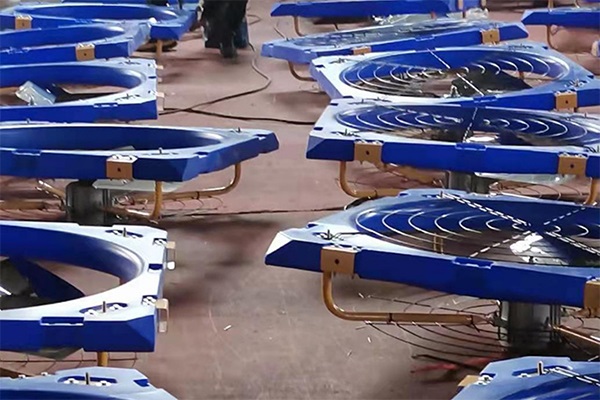If you’re in an area affected by wildfire smoke—whether the current haze covering the east coast or throughout fire season out west—you are likely spending more time inside to avoid the poor air quality outdoors. Common practices for protecting indoor air quality include keeping doors and windows closed and running an air purifier (which you can DIY ). Another recommendation from the CDC is to close your air conditioner’s fresh air intake, so how do you know if your home has one, and how do you shut it off?
A fresh air intake does exactly what you’d expect: It brings fresh air into your home from outside. This not only improves indoor air quality by reducing dust and preventing the build-up of other contaminants—it also maintains the efficiency of your furnace and HVAC system and may reduce energy costs. Greenhouse Exhaust Fans

When outdoor air quality is poor , though, your fresh air intake may be doing more harm than good.
Most newer homes have one or more fresh air intakes to comply with building codes. Vents are often either metal hoods or plastic pipes located outside on the side of your house near the ground, though they may also be on the roof or in your attic. You may also find grilled intake vents near or behind your furnace or other gas appliances.
To determine if a vent is for air intake (versus exhaust pushed out), put your hand underneath it while your furnace is running. If you feel the air being pulled in, that’s a sure sign. Air intakes also have screens, while exhaust valves have flaps.

Wall Mounted Industrial Fan In most cases, closing an air intake is as simple as switching the damper into the closed position by turning the handle or knob or flipping off the fan. Alternatively, if your HVAC system has a “recirculate” mode , turn that on.